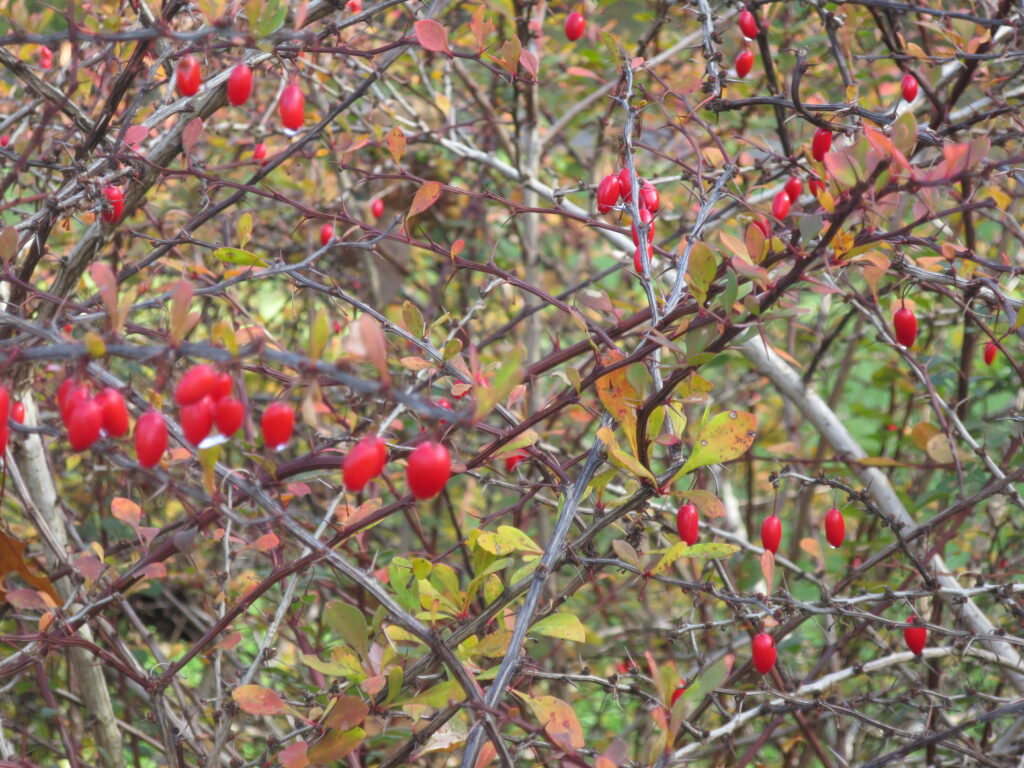Japanese barberry or épine-vinette du Japon (Berberis thunbergii de Candolle) is a deciduous, woody, invasive shrub in the barberry (Berberidaceae) family. Native to Japan and Asia, Japanese barberry was introduced to North America as an ornamental plant in the 1800s. It was originally marketed to replace common barberry (Berberis vulgaris) in hedgerow and garden plantings since B. vulgaris was found to be an alternate host to black stem rust disease (Puccinia graminis). Japanese barberry has several traits that contribute to its success as an invader. It forms very dense and persistent infestations because it utilizes multiple reproductive strategies, thrives in a wide variety of habitats, alters soil chemistry and nutrient cycling, has a longer growing season compared to many native plants and is resistant to deer browsing.
For more information on Japanese barberry, view our Best Management Practices by clicking the Download link below:
